
History of Heart icon
The heart symbol, instantly recognizable and universally understood as a representation
of love and affection, has a rich and complex history that spans cultures and centuries.
The evolution of this symbol from an abstract form to its current status as a global
emblem of love is a fascinating tale intertwined with religion, art, and social change.
The origins of the heart symbol are not entirely clear, but it is believed to date back
to ancient times. One theory suggests that the shape may have been inspired by the seed
of the silphium plant, which was used in ancient Cyrene (modern-day Libya) as a form of
birth control. The seed's distinct heart-like shape may have contributed to its
association with love and sexuality. Another theory links the symbol to representations
of ivy leaves, which were associated with fidelity and enduring love in ancient
Greek and Roman cultures.
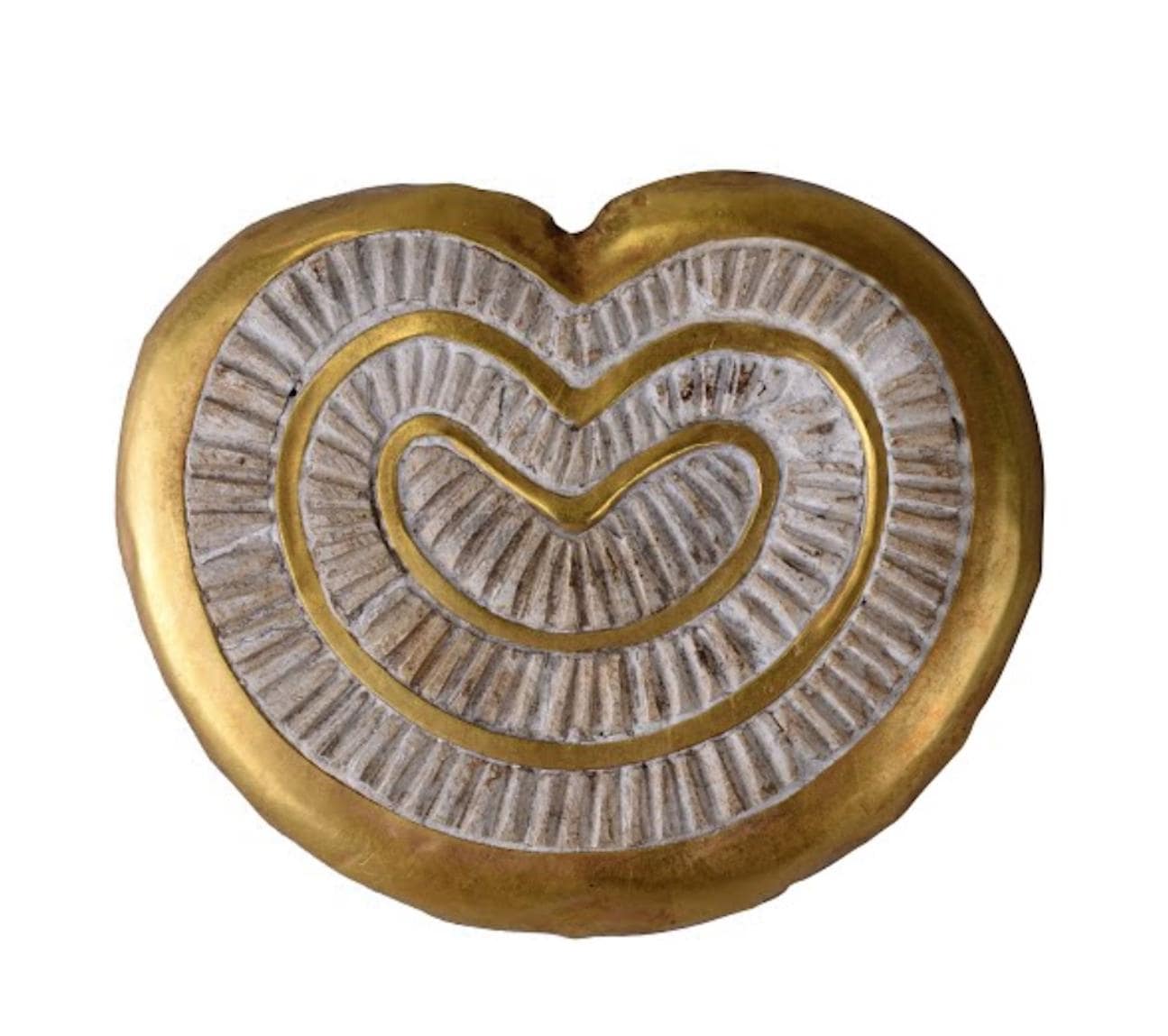
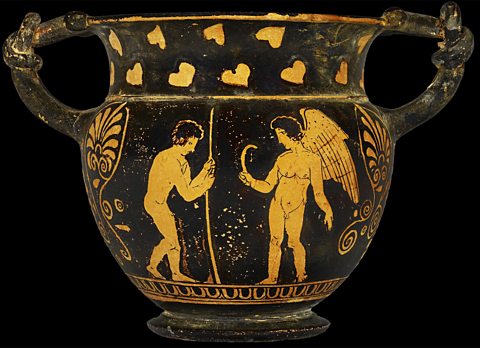
The heart symbol began to take on its modern form during the Middle Ages, particularly in the context of courtly love and Christian iconography. The earliest known depiction of the heart as a symbol of romantic love appears in a 13th-century French manuscript, where a lover offers his heart, resembling the modern symbol, to his lady.
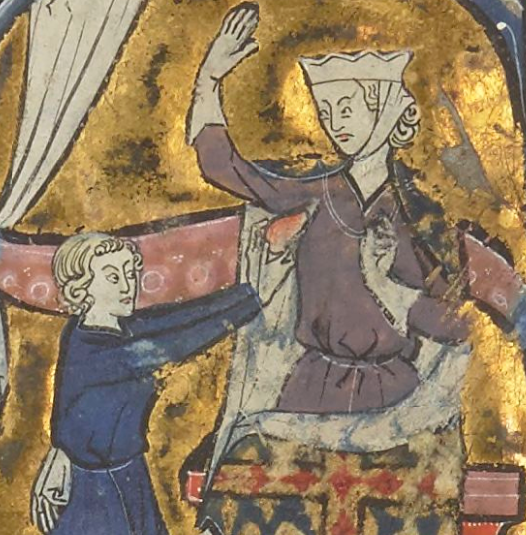
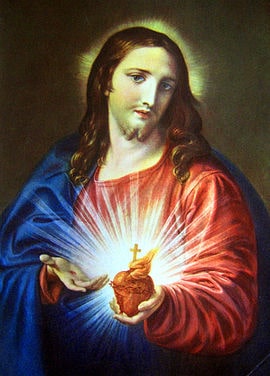
Religious art also played a significant role in shaping the heart icon. The Sacred Heart of Jesus,
a symbol in Christian devotion that represents Jesus's divine love for humanity, is often depicted
with a heart that has the familiar shape. This religious imagery helped cement the heart as a symbol
of deep emotional and spiritual love.
The Renaissance period saw the heart symbol become more widespread, particularly in Europe.
It was during this time that the heart shape began appearing on playing cards, a tradition
that continues to this day. The symbol’s association with romantic love became more pronounced,
driven by the era’s literature and art that celebrated human emotion and beauty.
By the 19th century, the heart had firmly established itself as the symbol of love, especially with the
rise of Valentine’s Day as a popular holiday. The commercialization of the holiday, with mass-produced
cards and gifts, further ingrained the heart shape in popular culture as the ultimate expression of love
and affection.
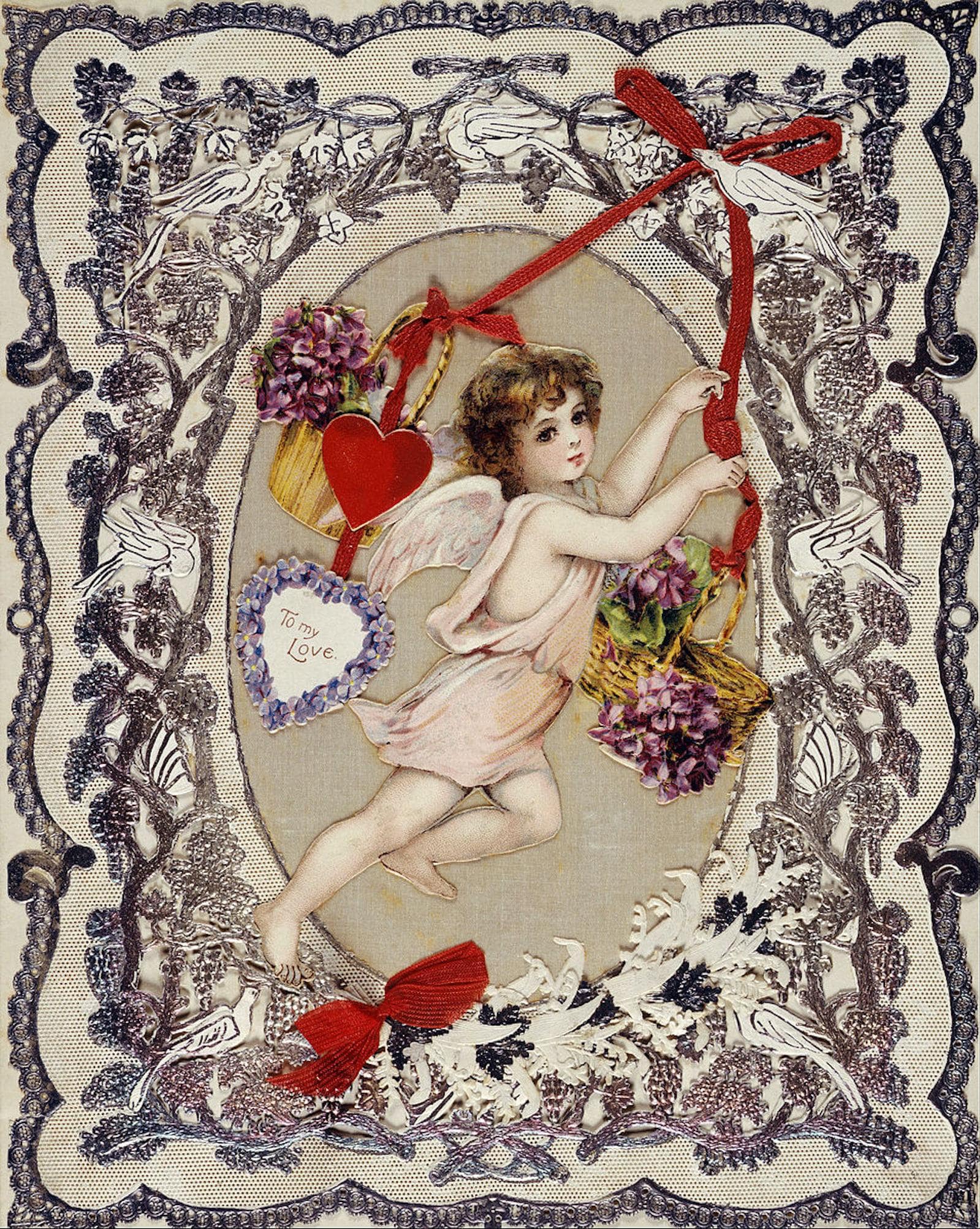
So, the heart symbol's journey from an ancient motif to a modern icon is a testament to its enduring power as a representation of love. Whether used in art, religion, or digital communication, the heart continues to be a profound and versatile symbol, capable of conveying the deepest human emotions with a simple shape.
-
Referential links:
- BBC - Arts
- History
- Art & object